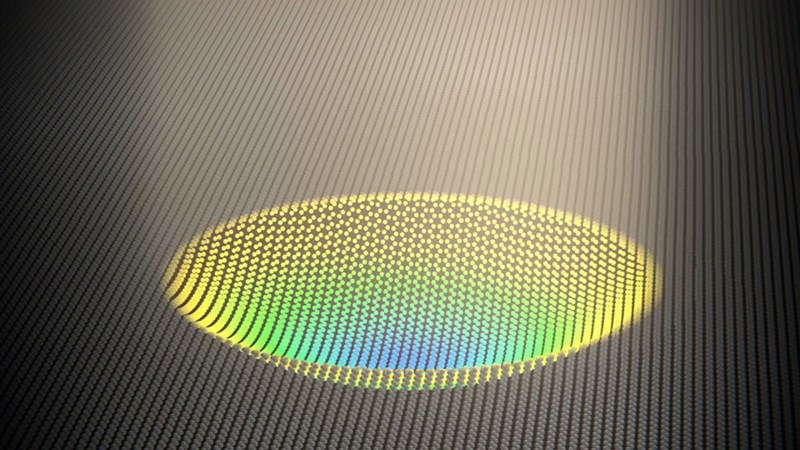
At present, Chinese scientists are working on artificial skin using graphene, which allows visible changes in color with very little mechanical stress.
In the structure of such e-skin, graphene acts as an extremely sensitive element, which reacts to tension and loosening of the elastic electrode. In this way, an interactive creature can be created and used for example in prosthetics. Researchers also spot the artificial skin's potential for robotics and portable technologies. The inspiration for their research was chameleons, squid and octopus, whose skin changes color, guaranteeing excellent camouflage.
It is easy to imagine a robot whose "face" will be able to blush or grow pale. The prosthesis can also be perfectly mached to the patient's natural skin. Manipulating or equipping a person with a small device, such as an earphone, may also benefit from this.
Professor Hongwei Zhu, the principal author of this project, is of the opinion that graphene will soon be widely used in electronics, including stretchable electrodes, capacitors, sensors and optical devices. Its properties as a strain-responsive material have so far been neglected in research, but now they are likely to be the subject of many inquiries.